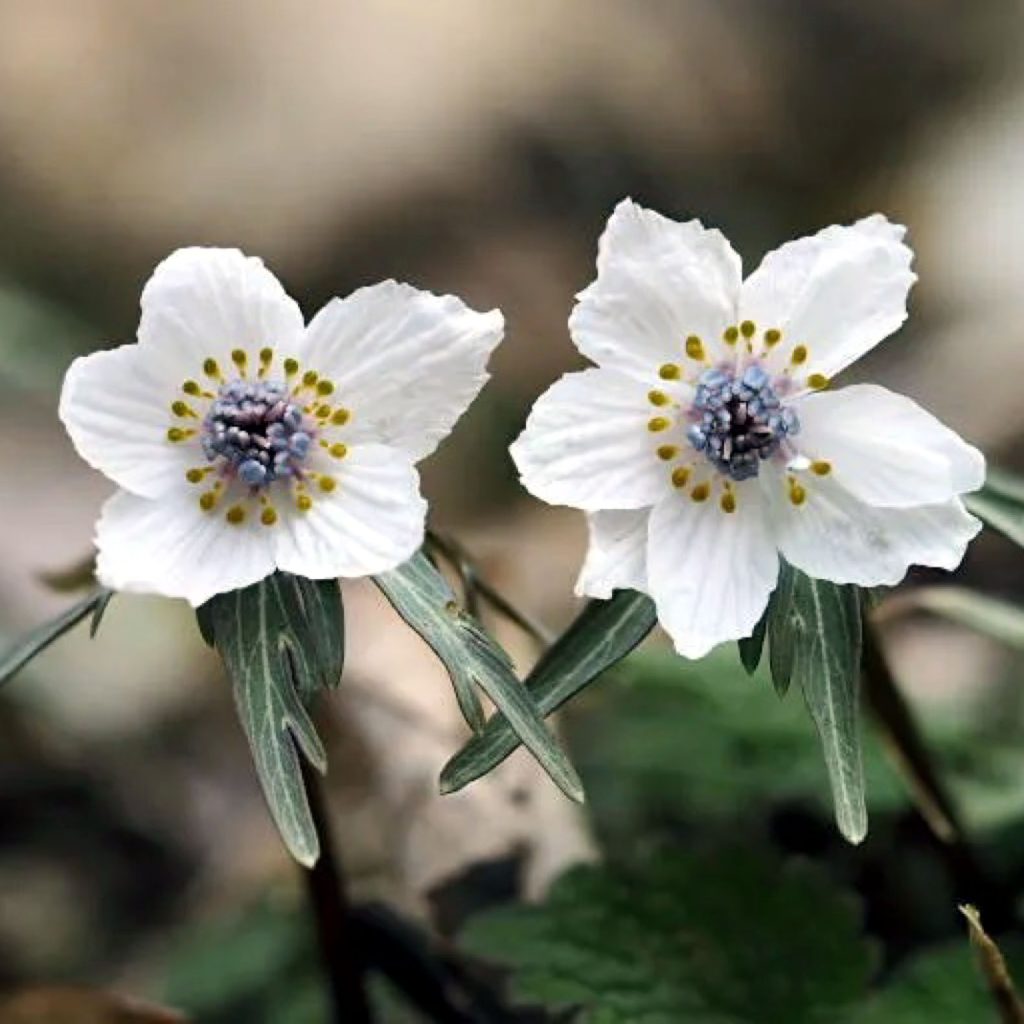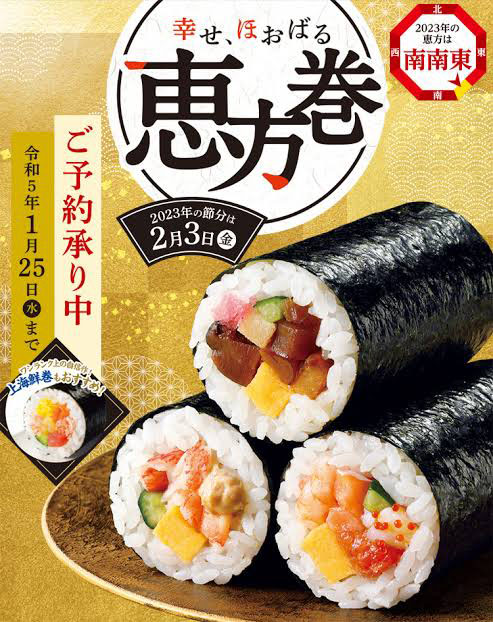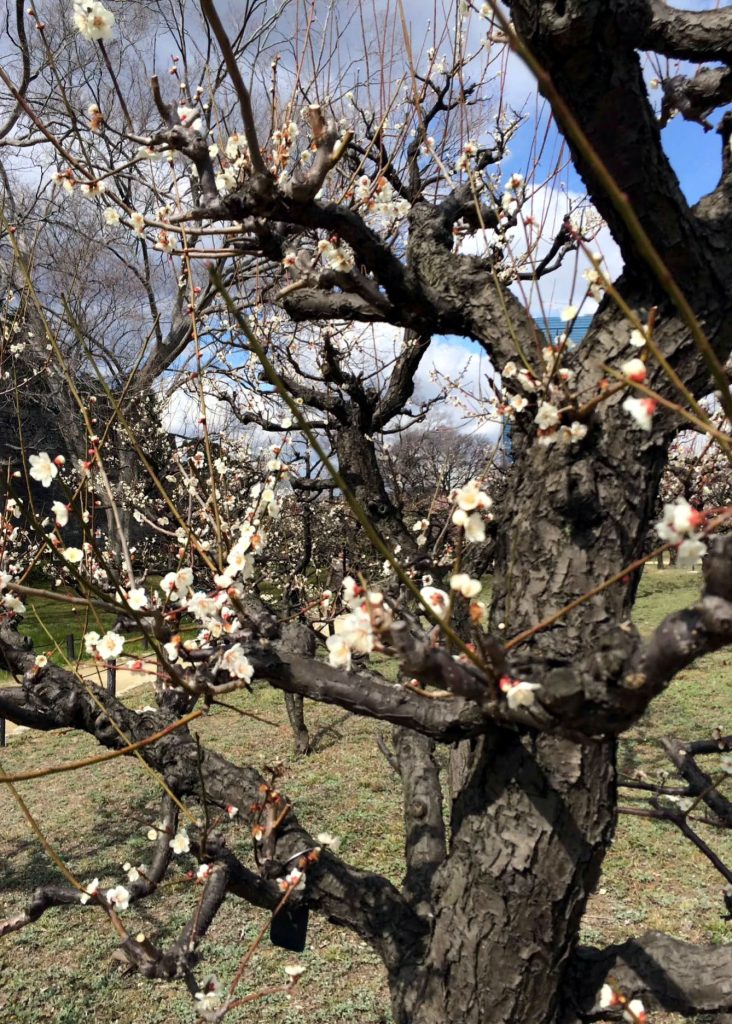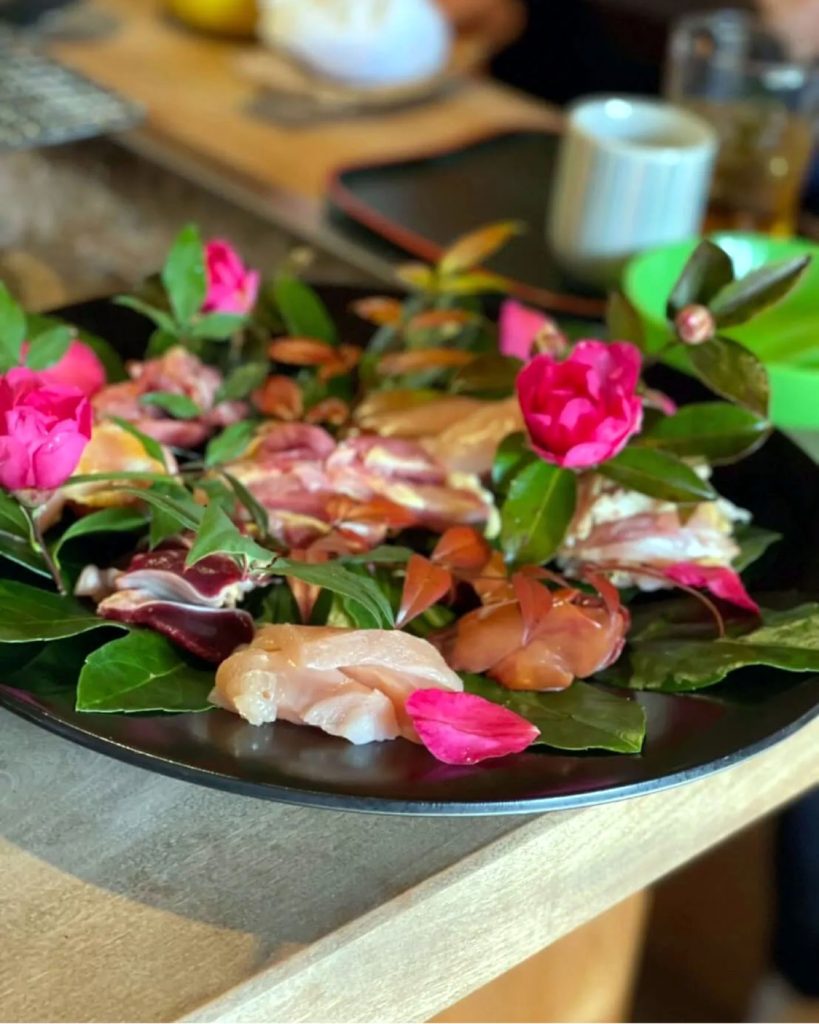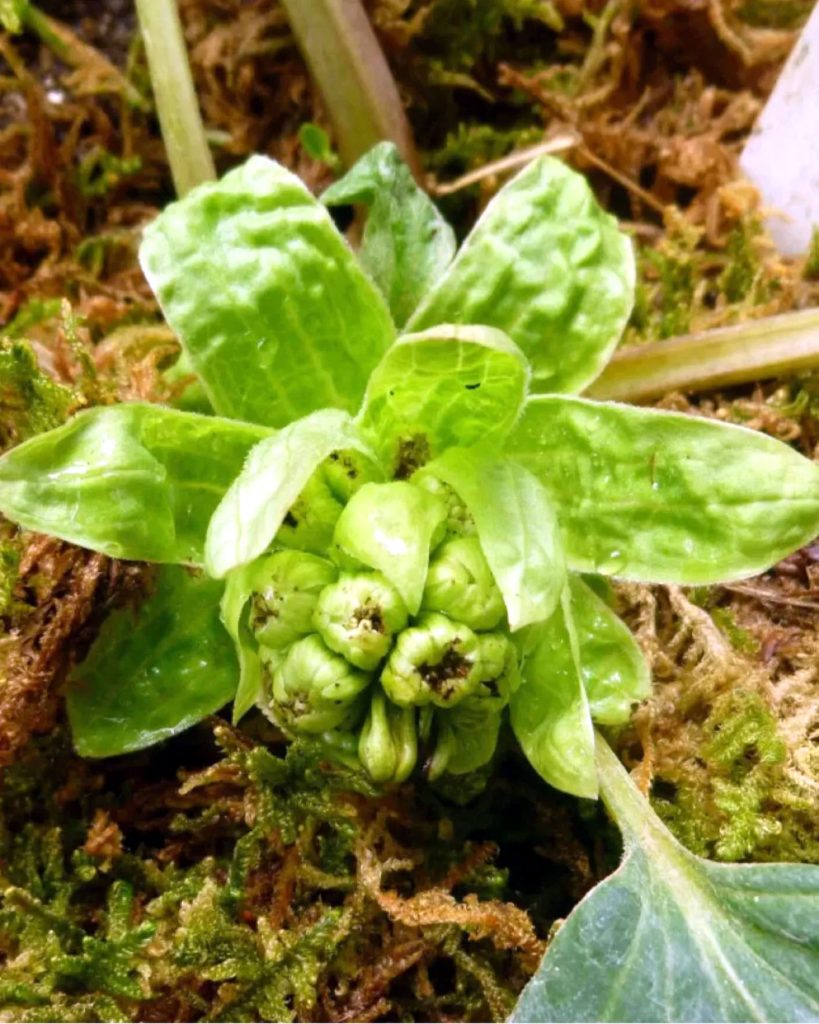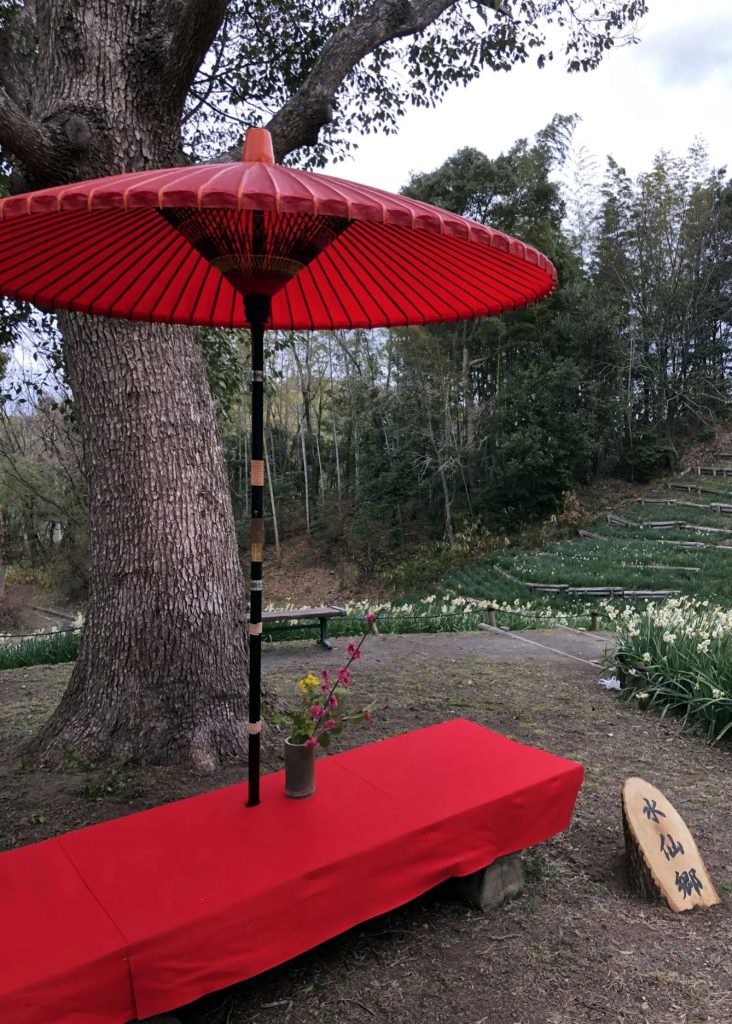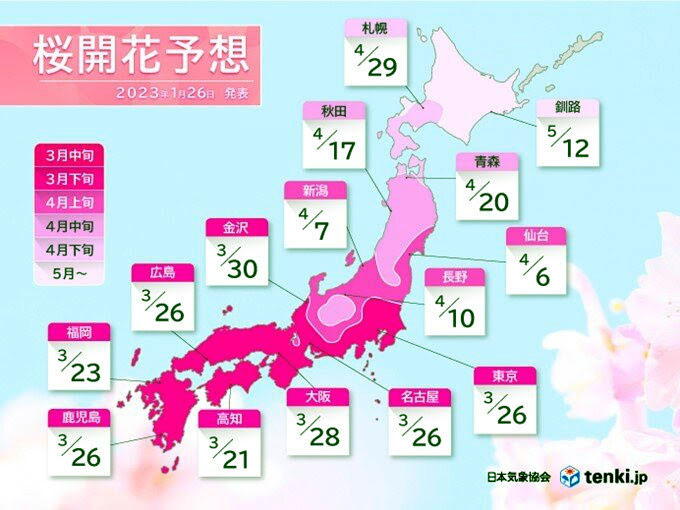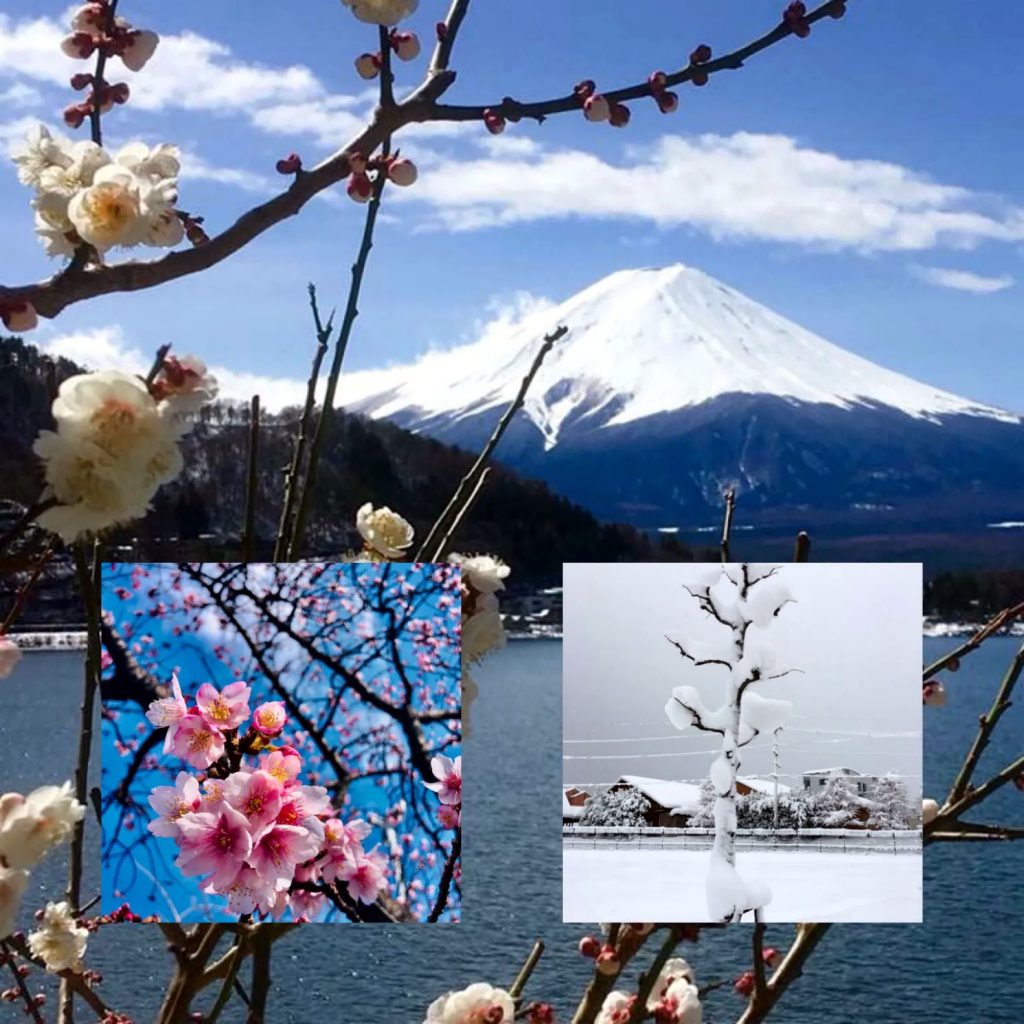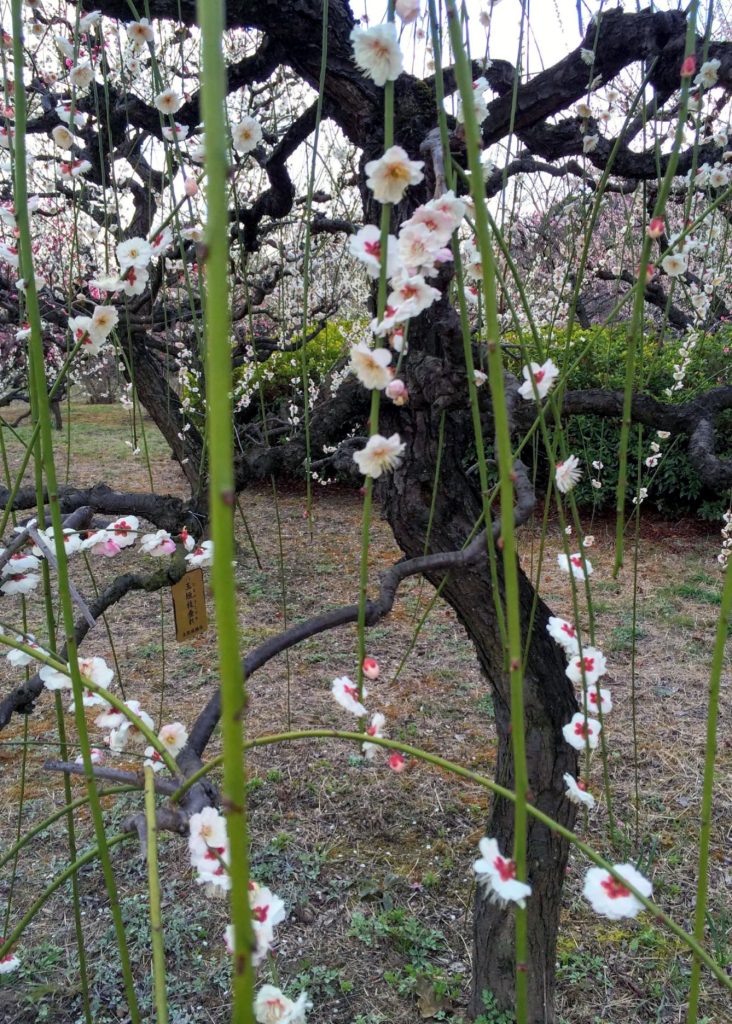
The weeping plums in the plum garden are still green with young branches. The flowers are still here and there, but they will be in full bloom in another week or so. At that time, the weeping plum blossoms erupt like hot springs from the ground. Weeping plums, weeping cherry blossoms, weeping willows, and many other plants that “weep”. Plants generally have wide annual ring intervals on the upper side of the branch and narrow intervals on the lower side. Due to the action of gibberellin (a type of plant hormone), the tissue on the upper side of the branch changes to become harder. The thickened and hardened upper tissue acts as a “stretching material” and prevents the branches from sagging downward. A “weeping” plant, on the other hand, grows evenly on both the top and bottom. In addition, the lack of gibberellin production makes it difficult to harden the upper tissue of the branches. Therefore, the tissue on the upper side of the branch becomes thin and soft, so the role of the “stretching material” is diminished, and the branch that loses gravity hangs down. This is the mechanism of “weeping” branches, but it is still not well understood whether “weeping” plums and cherry blossoms are formed.
梅園の枝垂れ梅はまだ若い枝の青さが目立ちます。花はちらほらですがもう一週間も経てば満開になるでしょう。その時の枝垂れ梅は地から湧き出る温泉の様に噴き上げます。枝垂れ梅に枝垂れ桜、枝垂れ柳、「枝垂れ」る植物はたくさんあります。植物は、普通には、枝の上側は年輪の間隔が広く、下側は間隔が狭い特徴があります。これにジベレリン(植物ホルモンの一種)の働きにより、枝の上側の組織がより固く変化します。こうして厚く固くなった上側の組織が「引っ張りあて材」としての役割を果たし、枝が下に垂れ下がるのを防いでいます。一方で、「枝垂れる」植物は、は上側も下側も均等に成長します。さらにジベレリンの生成量が不足しているため、枝の上側の組織を固くすることが難しくなります。よって、枝の上側の組織が薄く柔らかくなるため「引っ張りあて材」としての役割が薄れ、重力に負けた枝は下に垂れ下がるようになります。これが「枝垂れる」枝のメカニズムですが、「枝垂れる」梅や桜ができるのか、実際にはまだよく分かっていません。


